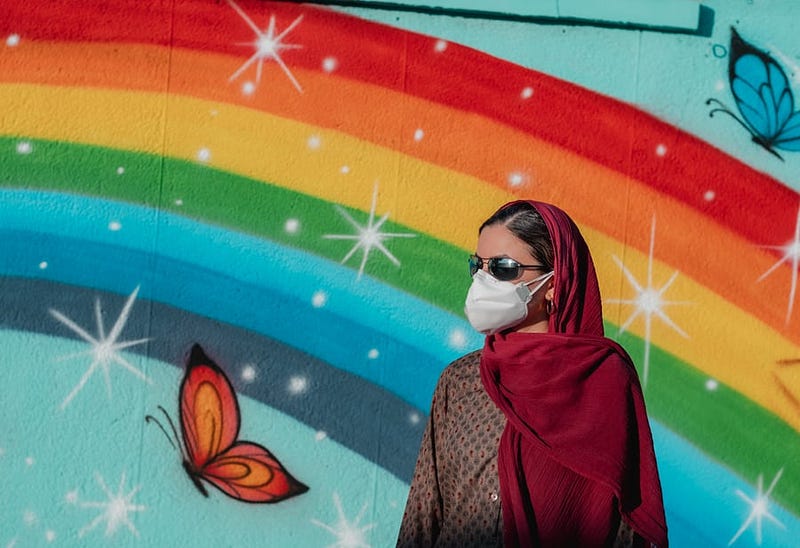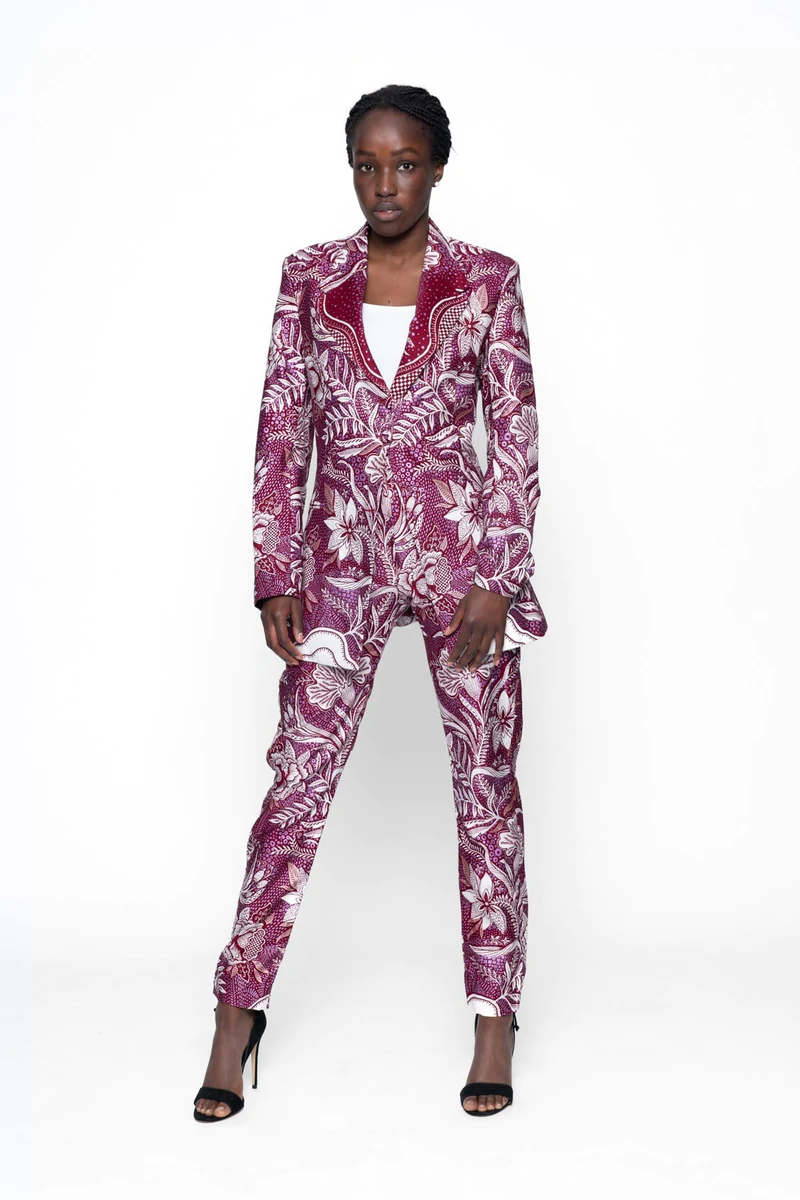

Why Covid-19 Changed Fashion
The pandemic has impacted us all. As the dust starts to settle, we’re taking a look at the long term effects on the fashion industry. To kick off the series, we ask why apparel in particular will never be the same again.
The numbers so far
Covid-19 has hit the apparel industry particularly hard. Stuck in quarantine, consumers’ priorities changed, and during the lockdown they just wanted to connect with each other, to protect themselves and their families, and to be entertained. In the US, masks, hand sanitizer, gloves and toilet paper sold out, and demand for groceries, medical supplies and games soared. Clothes? Not so much. In Europe and the US, more than 65 percent of consumers expect to decrease their spending on apparel.
China, which was first to be impacted by the virus, saw its economy contract by up to 9 percent in January-March, the worst performance since the late 1970s. A report by McKinsey and the Business of Fashion estimated that revenues for the global fashion industry (apparel and footwear sectors) will contract by 27 to 30 percent in 2020 year-on-year. While consumers searched for banana bread recipes online, fast fashion Primark watched its sales plunge to zero. Neiman Marcus is on the brink of bankruptcy.
While consumers searched for banana bread recipes online, Neiman Marcus was on the brink of bankruptcy. And even as some economies reopen, the pandemic has taken a toll. Victoria’s Secret and JC Penney have both filed for bankruptcy, and even fast fashion giant Zara has shuttered 1,200 stores.
A wake-up call for the industry
While the fashion industry has been rocked by the current pandemic, a reset is in fact long overdue.
It has been clear for a long time that fast fashion is not working. By offering a continuum of new pieces all year long, fashion brands turned consumers into addicted buyers. The “new and more” mantra of the fast fashion reversed the relationship between cost production and supply. Brands increased their production quantities to avoid the risk of a forecasting error and to push down their production costs. This led the supply to exceed the demand — so much so that some brands even took to destroying excess stock rather than see it discounted.
Environmental activists have been calling for a radical change of business practices in recent years because as we increase our consumption of fast fashion, the emissions are set to grow rapidly too. Christiana Figueres in her last book sounded a clear alarm. “The fashion industry is responsible for a whopping 10 percent of global CO2 emissions,” she wrote.
Stay-at-home orders around the world gave consumers the chance to break that cycle. It is not hard to see why demand slowed. Nobody went anywhere — so who needed new clothes to be seen in? With recycling centers and charity shops closed, consumers could not even recycle their old ones. Fashion weeks were cancelled; fashion studios closed. The industry ground to a halt.
Having built a fast fashion model fed by constant newness, the industry was bound to be hit hard by the sudden move to social distancing. Now that consumers have pressed the reset button, we’ll be looking at how we can help to create something better in its place.











